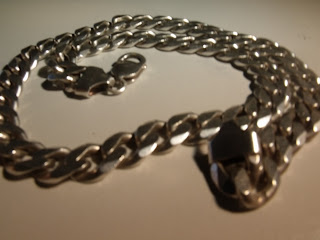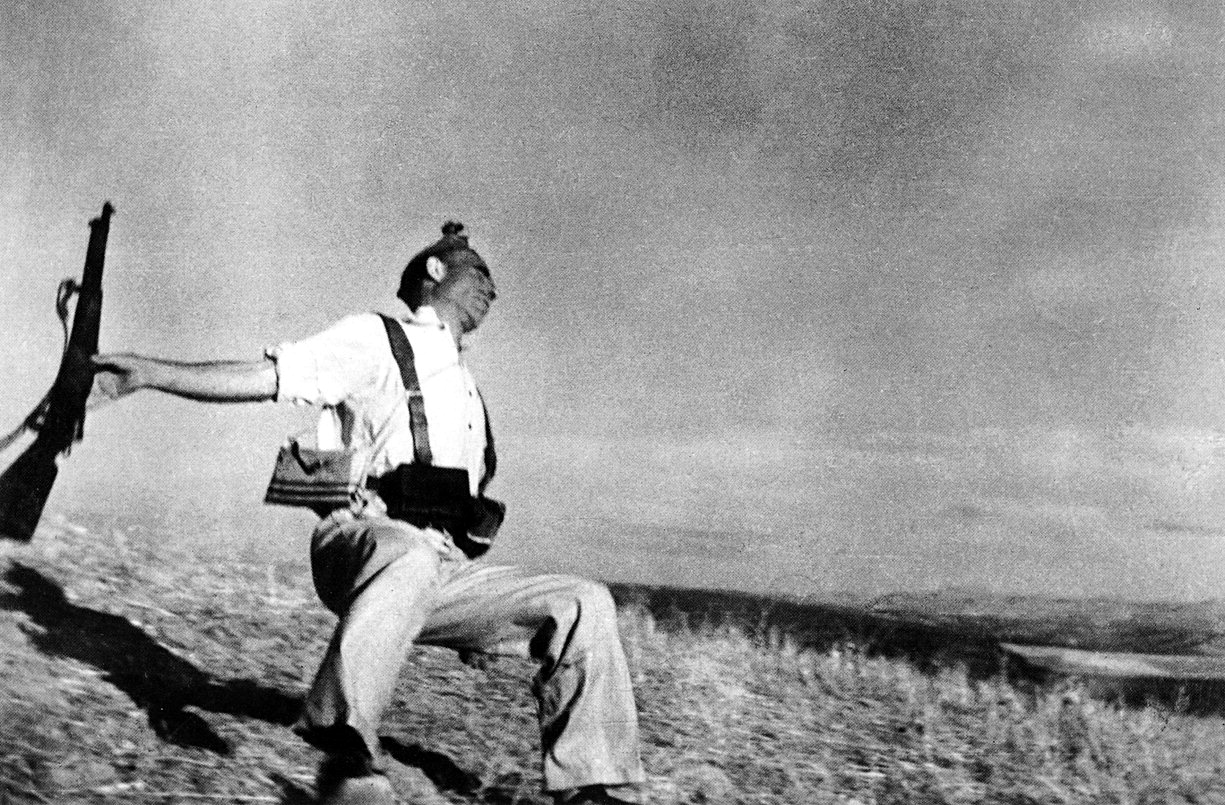Power Sockets for lights etc - none
Do you need Permission(s)/Who - no, my house or public place does not need permission.
Set design / Items required - none
What are the light sources in the
space - the sun, natural light.
Props. Costume. - no props needed / costume will me casual clothes.
Preparation Notes - get model/ find suitable place/ get camera and tripod.
Health & Safety Notes - make sure the tripod is secure and steady. make sure that the model is not near any harm or danger when shooting.
Wednesday, 24 November 2010
TREATMENT PHOTOGRAPHY;
1. Type of production and brief details on Subject/Concept:
The title I have chosen for my images in 'In Solitude.' By taking pictures of an object on its own, i am expressing the idea of lonliness. My objects will be a women/ girl in her lonely place, for example sitting underneath a tree on her own, or picking a certain object that is always on its own.
2. Facilities: What facilities do you need for this project list all including software and hardware for the whole project
i will need a women/girl, a camera, a tripod and lighting for the perfect picture in solitude.
3. Finance: If you produced this project outside of the college you need to show how much would it cost to hire the equipment that you intend to use.
camera: prices starting at £100
tripod: starting at £10
lighting: starting from £50
4. Contributors: Who do you need to help this for you project? This includes talent and crew.
I will need a women/ girl to be my model for the photoshoot. This will be easier instead of an object as it will convey solitude more accuratly.
5. Codes of practice and regulation: What regulations to you need to be aware of. Think about college policy as well as regulatory bodies that you looked at in assignment 2, Worksheet 1.6 Regulation and Safety notes
I will make sure that i have the model's permission to take photo's. Also i will make sure i have permission for the place i wil be taking the pictures in, if it is not at my own home or public place. I will make sure that the camera will only be taking pictures on a tripod, being on a safe and flat surface, making sure that it will not fall or break.
6. Presentation: How will you present the pictures? Will you include a soundtrack, think about copy write issues etc.
I will present the pictures on a powerpoint, showing the differences and similarities between them. i will have no soundtrack as i will be speaking and it will be hard when there is music in the background.
Wednesday, 17 November 2010
In transition; Motion; Solitude:
In Transition:
1. Passage from one form, state, style, or place to another.
2.
a. Passage from one subject to another in discourse.
b. A word, phrase, sentence, or series of sentences connecting one part of a discourse to another.
3. Music
a. A modulation, especially a brief one.
b. A passage connecting two themes or sections.
4. Genetics A point mutation in which a pyrimidine is replaced by another pyrimidine, or a purine is replaced by another purine.
5. Sports The process of changing from defense to offense or offense to defense, as in basketball or hockey.
6. A period during childbirth that precedes the expulsive phase of labor, characterized by strong uterine contractions and nearly complete cervical dilation.
1. To make a transition.
2. Sports To change from defense to offense or offense to defenseIn Motion:
1. The act or process of changing position or place.
2. A meaningful or expressive change in the position of the body or a part of the body; a gesture.
3. Active operation: set the plan in motion.
4. The ability or power to move: lost motion in his arm.
5. The manner in which the body moves, as in walking.
6. A prompting from within; an impulse or inclination: resigned of her own motion.
7. Music Melodic ascent and descent of pitch.
8. Law An application made to a court for an order or a ruling.
9. A formal proposal put to the vote under parliamentary procedures.
10.
a. A mechanical device or piece of machinery that moves or causes motion; a mechanism.
b. The movement or action of such a device.
In Solitude:
1. The state or quality of being alone or remote from others.
2. A lonely or secluded place.
3. the state of being solitary or secluded
4. Poetic a solitary placeHealth and Safety 1.6;
Health and Safety Act 1974 : http://en.wikipedia.org/wiki/Health_and_Safety_at_Work_etc._Act_1974
COSHH ( The control of subtances hazardous to health regulations 2002 : http://en.wikipedia.org/wiki/COSHH
Provision and Use of Work Equipment Regulations 1998 : http://en.wikipedia.org/wiki/Health_and_safety_regulations_in_the_United_Kingdom
What is Royalty Free License? : http://en.wikipedia.org/wiki/Royalty-free.
What is Rights Managed License? : http://en.wikipedia.org/wiki/Rights_Managed
what is Copyright? : http://en.wikipedia.org/wiki/Copyright
What is Moral Rights? : http://en.wikipedia.org/wiki/Moral_rights
Introduction to Rights and Licensing : http://www.pro-imaging.org/content/view/164/161/
Wednesday, 3 November 2010
MACRO PHOTOGRAPHY;
Friday, 15 October 2010
ART PHOTOGRAPHY;
 APPLICATION; Art Photography relates to photographs that are created in harmony with the creative eye of the photographer as an artist. Fine art photography stands in contrast to photojournalism, which provides support for telling a specific story or the selling a product.Art photography can be interpreted as posed, edited or delibrate to give more of an effect in ones perspective.
APPLICATION; Art Photography relates to photographs that are created in harmony with the creative eye of the photographer as an artist. Fine art photography stands in contrast to photojournalism, which provides support for telling a specific story or the selling a product.Art photography can be interpreted as posed, edited or delibrate to give more of an effect in ones perspective.CONTEXT; Art photgraphy is mainly shown in galleries and museums. It is not based on how professional an artist is, its the way they take a picture and the reason behind it. It is used for admiring and appreciating. However, art phtotography can also be used in things like magazines to promote a product or place, for example a gallery.
TECHNIQUE; the images are to show different angles and perpectives in order to help people visulise a meaning to the photograph. (Upright an image from Esteban Pastorino Diaz. His idea of art is edited to create a collage print of pictures to show what a unique meaning of art..
Wednesday, 6 October 2010
FASHION Photography.
"I don’t think photography has anything remotely to do with the brain. It has to do with eye appeal."
Horst P. Horst.
 Fashion Photography; is a genre of photography that consists of mainly displaying fashion garments such as clothes, shoes and anything to be involved with the fashion world. It is mainly used in advertising and magazines, such as Vogue. In modern day society, fashion has become more involved with the presence of 'exotic' surroundings and accsessories including hair and make-up to enhance a perspective of the advertised fashion.
Fashion Photography; is a genre of photography that consists of mainly displaying fashion garments such as clothes, shoes and anything to be involved with the fashion world. It is mainly used in advertising and magazines, such as Vogue. In modern day society, fashion has become more involved with the presence of 'exotic' surroundings and accsessories including hair and make-up to enhance a perspective of the advertised fashion.Context: The easiest and quickest way to get fashion shown is through magazines. The majority in modern day have their own fashion ideas to portray in their magazines, Vogue being one of the well known who express this. However, fashion photography can also be expressed using billboards and other ways to achieve an advertisement.
Techniques: Most Photographs for fashion are deliberate poses and backgrounds to deliver the type of garments situated, for example, one wearing a wolly jumper, would not be suittable to have a sunny background. Also, mainly all photographs produced are edited and altered to create the perfect, beneficial picture.
Mario Testino: born 30th October, 1954, is a well known Peruvian fashion photographer, who has shot for Vogue, Gucci and Vanity Fair. Testino's work has been exhibited in many galleries around the world, most shown at the National Portrait Gallery in London.
(Right Photgraph is an example of his work)
Portraiture
Portraiture - An Artists representation of a person whether it shows them to be good or bad.
 Context: Portraits are usually used for people like the Queen or Pope, or anyone who was rich enough to have one. This helps them to look powerful and important in that time. However, portraits can be used for anyone else to show a person in their natural area. for example, we use them to prove our identity on I.D cards. also, for family portraits, as it captures a moment in a families life which is important to them. For example, Diane Arbus uses this technique in her work such as her photographs of the matthaei family.
Context: Portraits are usually used for people like the Queen or Pope, or anyone who was rich enough to have one. This helps them to look powerful and important in that time. However, portraits can be used for anyone else to show a person in their natural area. for example, we use them to prove our identity on I.D cards. also, for family portraits, as it captures a moment in a families life which is important to them. For example, Diane Arbus uses this technique in her work such as her photographs of the matthaei family.Diana Arbus, born March 14th 1923. She was an american photographer. After committing suicide in 1971, a year later she was the first to have photographs displayed at the Venice Beinnale and Millions of people viewed her work in 1972-1979.
"Deviant and marginal people"
Walker Evans, born 3rd november 1903, also an american photographer was best known for his work for the farm security administration. his work has been the subject of retrospectives at such institutions as The Metropolitan Museum or George Eastman House.
"literate, authoritative, transcendent"
Techniques: The main technique used today, is one in which the photographer takes an unexpected picture instead of a posed or false imterpretation of the object or person for example,. the picture of picasso.
Wednesday, 22 September 2010
Photo-journalism
Context; Photo-journalism (a form of journalism) is a way in which a story is made from an image. The truth behind photojournalim is not what people are led to believe or think as photographs nowadays are edited and altered to create a better image.
Photo-journalism to me, means a way in which things are not acted out and planned out, its a way in which things come natually when you wait for the moment in which changes a whole image and being in the right place at the right time.
For example, Henri Cartier-Bresson (August 1908), was a very well known French photographer, who considered himself as the godfather of photojournalism. He influenced and inspired many other photographers to be Photojournalists.
''The truth is the best picture, the best propganda''.
ROBERT CAPA (war photographer)
War photograghy; is when a photographer caputes a real life image of his surroundings and explains the story in one shot.Robert Capa (left) is one of the main war photographers. He mainly covered the Spanish Civil War, Japanese War and World War 2 .
Another example of a war photographer is Tony Vaccaro. He was a soilder in world war 2 1944-1945. However, his photographs were different from robert Capa's as he thought that war was romatic, whereas, Vaccaro thought war as a disgraceful disadvantage of being human.
Wednesday, 15 September 2010
Intro to photography
Subscribe to:
Posts (Atom)
















